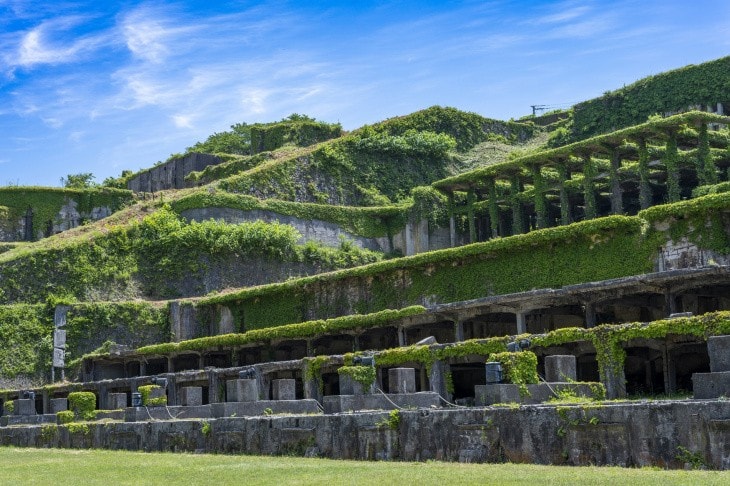The Sado gold mine (Japan) was exploited under the direct control of the Shogunate, the supreme government of the Edo period, from the early 17th century to the mid-19th century and served as an important source of national treasury.

On July 27, the “Sado Island Gold Mine” site in Niigata Prefecture, Japan, was officially added to the World Heritage List of the United Nations Educational, Scientific and Cultural Organization (UNESCO). Thus, up to now, Japan has 26 world heritages, including 21 cultural heritages and 5 natural heritages.
The announcement of the Japanese Ministry of Foreign Affairs stated that the above decision was made at the 46th session of UNESCO held in the capital New Delhi, India on July 27.
The “Sado Island Gold Mine” site is a unique cultural heritage that represents the final stage of traditional artisanal gold mining and production that lasted from the late Tokugawa Shogunate to the mid-19th century.
Japan hopes that the recognition of this relic as a world cultural heritage will bring opportunities for domestic and international people to visit Sado Island and learn about the cultural value it brings.
On the same day, Japanese Prime Minister Kishida Fumio also sent a message emphasizing that this is good news that the Japanese people in general and the people of Sado city, Niigata province, in particular, have been waiting for for 14 years since submitting the request to UNESCO.
The Japanese government will make efforts to support and coordinate with local authorities to ensure that the “treasures” of not only Japan but also of all mankind can continue to be preserved and passed on to future generations.
The Sado Island Gold Mine, which includes the Aikawa Tsuruko Gold and Silver Mine and the Nishimikawa Sand Gold Mine, is over 400 years old. At its peak, the Sado Mine produced about 440 kg of gold and 400,000 tons of silver per year.
The Sado gold mine was exploited under the direct control of the Shogunate, the supreme government of the Edo period, from the early 17th century to the mid-19th century and served as an important source of national revenue.
The recognition of the Sado Island Gold Mine as a World Cultural Heritage site requires the consensus of all UNESCO members, including South Korea. Previously, the South Korean government had opposed Japan's decision to list the Sado Island Gold Mine as a World Cultural Heritage site on the grounds that the site was a testament to the forced labor of Koreans under harsh conditions during Japan's occupation of the Korean Peninsula from 1910-1945.
However, after many bilateral consultations, the Korean side agreed to Japan's proposal on the condition that Tokyo take measures to clarify the entire history of this relic.
The Japanese government's announcement on July 27 stated that Japan takes note of and is committed to implementing all relevant UNESCO resolutions, and sincerely acknowledges the contributions of all workers who worked at the Sado Island Gold Mine, including those from the Korean Peninsula.
Japan will step up its publicity strategy to ensure that the site’s history is fully covered. An event commemorating all the workers of the Sado Island Gold Mine is also planned to be held at the site every year.
TH (according to Vietnam+)